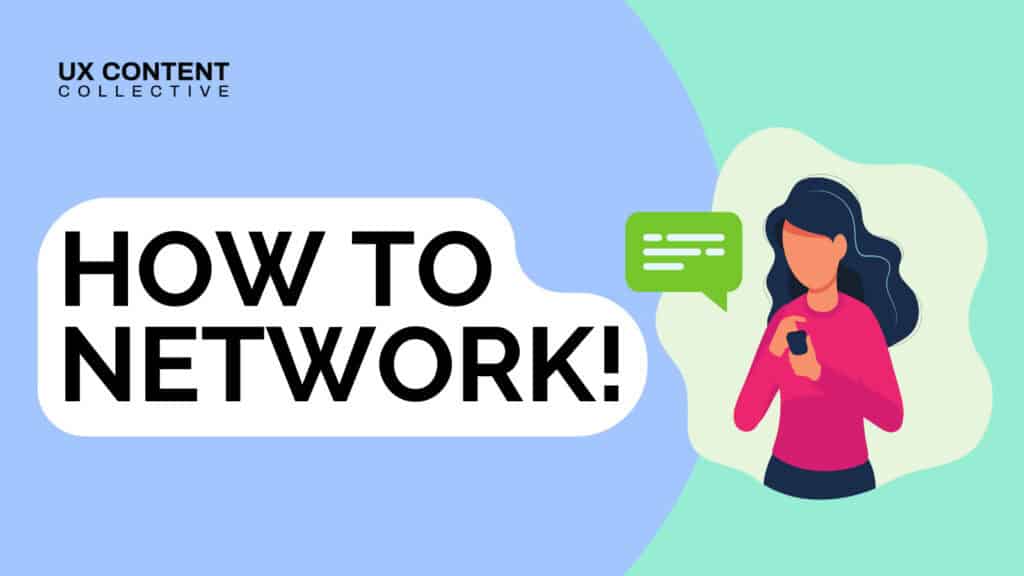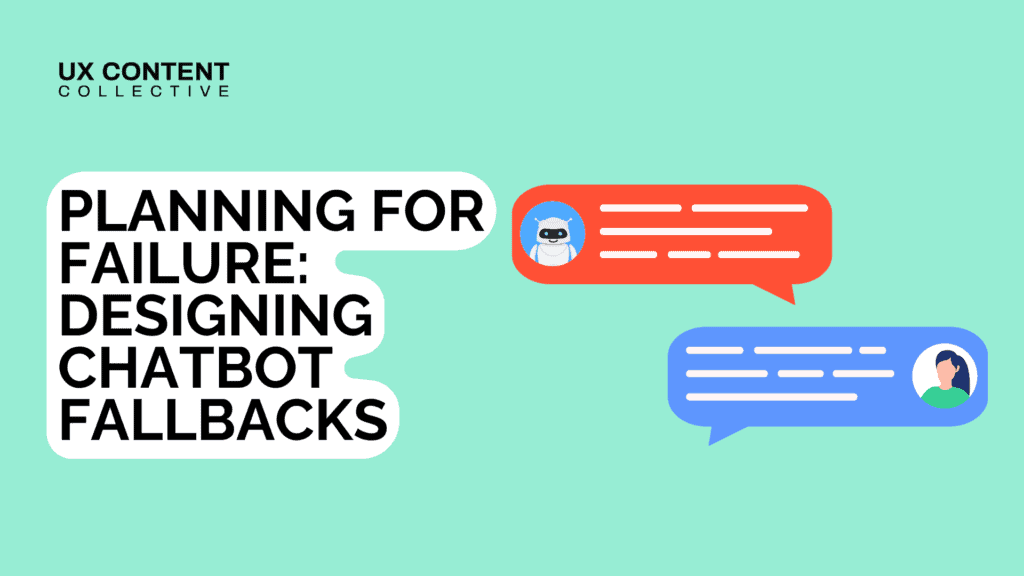

Yes, knowing how to network isn’t natural. But it’s worth it – because informational interviews can mean the difference between a response and getting passed over.
They’re the utility knife in your networking toolbox. If you’re job hunting, they’re an effective way to generate referrals and learn how companies really treat their content designers. If you’re the solo content designer on your team, they’re great for getting expert advice on challenges when you don’t have peers to turn to. They’re brief (20-30 minutes), convenient (doable from home), and fun (people are full of surprises). The ROI on these can’t be overstated.
In the past few months, these interviews have earned me:
-
Five referrals
-
A portfolio review
-
A mentor
-
A wedding invitation (long story)
So what’s stopping you? If you’re worried you’ll waste people’s time, don’t be. The content design community is incredibly supportive and generous with their resources.
How to network #1: Reach out
Knowing how to network starts with just reaching out. Be thoughtful, but don’t overthink it. Clarity and brevity are key—two skills you’ve honed throughout your career. Whether you’re reaching out via cold email, Linkedin, or Slack, you only need to communicate four things:
-
Who you are
-
What you want to learn
-
Why you’re interested in them
-
When you’re available to talk
Here’s an example of a LinkedIn connection request I sent. Connect requests have a 300 character limit.
“Hello! I hope all is well. I’m a content designer looking to break into fintech, and would love the opportunity to have a 30-minute chat this week or next about your experience at [banking app]. Thank you for your time.”
Here’s an email example:
Hello,
I hope this message finds you well! I do content design and operations for a fiction app.
I’m trying to transition into fintech and I’m excited to connect with content designers in that industry. I would appreciate the opportunity to meet with you—either virtually or in person—for an informational interview.
I’d love to hear about your career journey and your experience at [banking app]. Are you available the first week of December?
Thank you so much for considering my request, and I look forward to hearing from you.
I included personal examples to show that these don’t have to be polished to be effective. Both resulted in referrals, and the second landed me two interviews deep into a company’s hiring process.
Don’t let job titles intimidate you.
Reach out to anyone you think can help you with your goals, whether that’s an associate or an executive director. Everyone has something to offer.
Not hearing back? Only about 1 in 5 people get back to me. Stay patient and persistent, and someone will get back to you.
How to network #2: Prepare
Preparing doesn’t take long—20 to 45 minutes is usually enough.
Come up with some questions.
I like to have 5 to 10 questions prepared. I generate these by reviewing the person’s LinkedIn and portfolio. If they’ve been on a podcast or written anything for an industry publication, I’ll check that out too. If they spoke at a conference I attended, I’ll revisit my notes from their talk.
Ask open-ended questions to prompt your interviewee to elaborate on the why and how behind their work and accomplishments. These types of questions, called vertical questions, yield deeper answers than horizontal questions, which are close-ended and focus on facts.
Examples of vertical questions:
-
How did you develop your company’s style guide as your team’s only content designer? What did you find helpful?
-
How does your company show that content designers are valued?
-
What makes a strong UX writer on your team, and why?
-
How do you tackle prioritization with such a large scope of work?
Tailor your introduction.
Prepare to restate your objective when you introduce yourself. If you’re just looking to connect, make that clear. If you’re looking for advice, explain any context you didn’t include in your introductory email.
If you’ve applied for a job at their company, remember to mention this as well. While your main goal is to connect and learn, someone generous will consider referring you.
Be ready to improvise.
Preparing thoughtful questions should be enough to keep the conversation flowing. However, you may get an interviewee who addresses all of your questions with one or two powerful anecdotes. In that case, follow your curiosity. Organic conversations are the most rewarding anyway.
How to network #3: Enjoy yourself
You worked hard to make this happen so you deserve to enjoy the experience. Just keep a few things in mind.
Keep track of time
Start wrapping things up about 5 minutes before the scheduled ending. Some people can give you a few extra minutes, but others might need to end on time. Be respectful and leave enough time for your interviewee to answer your final question without feeling rushed.
Close out with an ask
Ideally, by the end of your chat you’ll have ideas to explore, solutions to implement, and new connections to contact. Similarly, the experience may have sparked new ideas and insights for your interviewee. Ask a closing question that allows them to address anything they’d like to add.
My go-to closers:
-
Is there any other advice that might be helpful with [insert challenge here]?
-
Do you have any colleagues who might be willing to speak with me about this?
-
Is there anything else I should look into?
Don’t feel pressured to get through all of your questions. If things go well (and I’m sure they will), people will offer to stay in touch.
How to network #4: Follow up
If possible, follow up in a day or two while the conversation is fresh. Be sure to include:
-
A key takeaway from the conversation.
-
A gentle reminder of anything they promised to share (e.g., a colleague’s contact information, an article, or helpful links).
-
Any information you promised to provide.
-
Last but not least…a sincere thank you!
If you give this a try, feel free to reach out on LinkedIn and let me know how this process worked for you. In the meantime, I wish you luck forging connections, learning new things, and creating opportunities for yourself.



